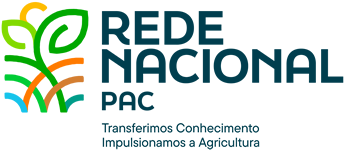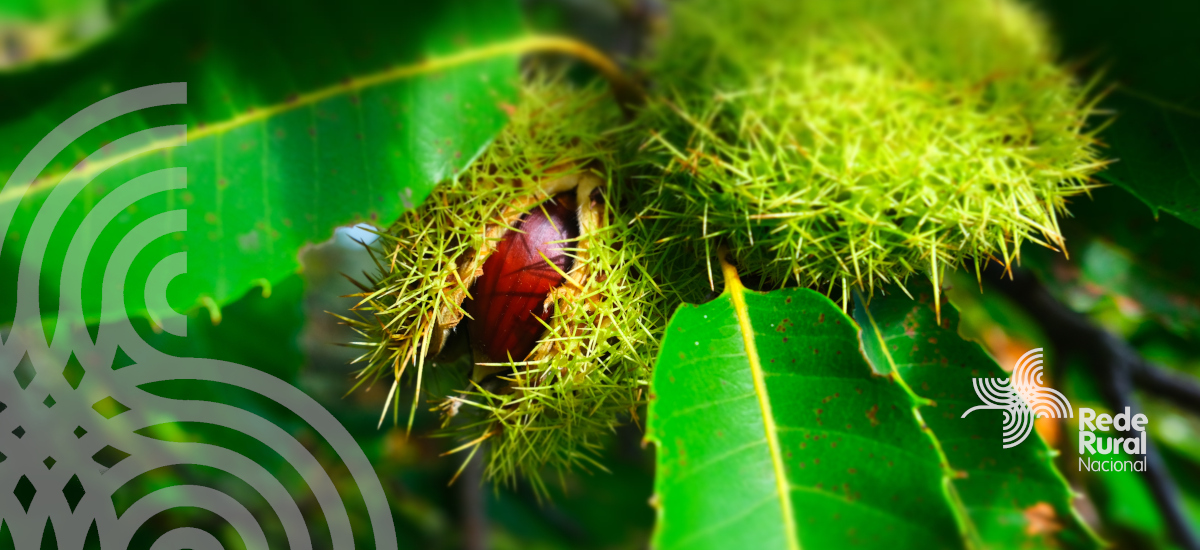This study provides an overview on the impacts of climate change on agricultural water management, including agricultural water requirement, water availability and water quality, and the
...Background and Aims: The strong link between climate and grapevine phenology suggests a potentially stronger impact of climate change on viticulture in climate-limited areas, including mountain
...Many air pollutants and greenhouse gases have common sources, contribute to radiative balance, interact in the atmosphere, and affect ecosystems. The impacts on forest ecosystems have been
...Mediterranean cork oak savannas, which are found only in southwestern Europe and northwestern Africa, are ecosystems of high socioeconomic and conservation value. Characterized by sparse tree
...Forests provide important habitat for much of the world's biodiversity, and the continuing global deforestation is one of our greatest environmental concerns. Planted forests represent an
...Future land-use changes are predicted to be influenced by both climate-driven environmental changes and concomitant changes in local economic conditions. Assessing the impact of climate change on
...Plant biosecurity is increasingly challenged by emerging crop pests. The spider mite Tetranychus evansi has recently emerged as a new threat to solanaceous crops in Africa and the Mediterranean
...The climate analogue approach is often considered a valuable tool for climate change impact projection and adaptation planning, especially for complex systems that cannot be modelled reliably.
...Ignoring plant diseases misinforms the climate change and food security debate. Diseases are expected not only to cause more severe crop loss in many areas in the world and threaten food
...In order to better assess the role of agriculture within the global climate-vegetation system, we present a model of the managed planetary land surface, Lund–Potsdam–Jena managed Land (LPJmL),
...
























